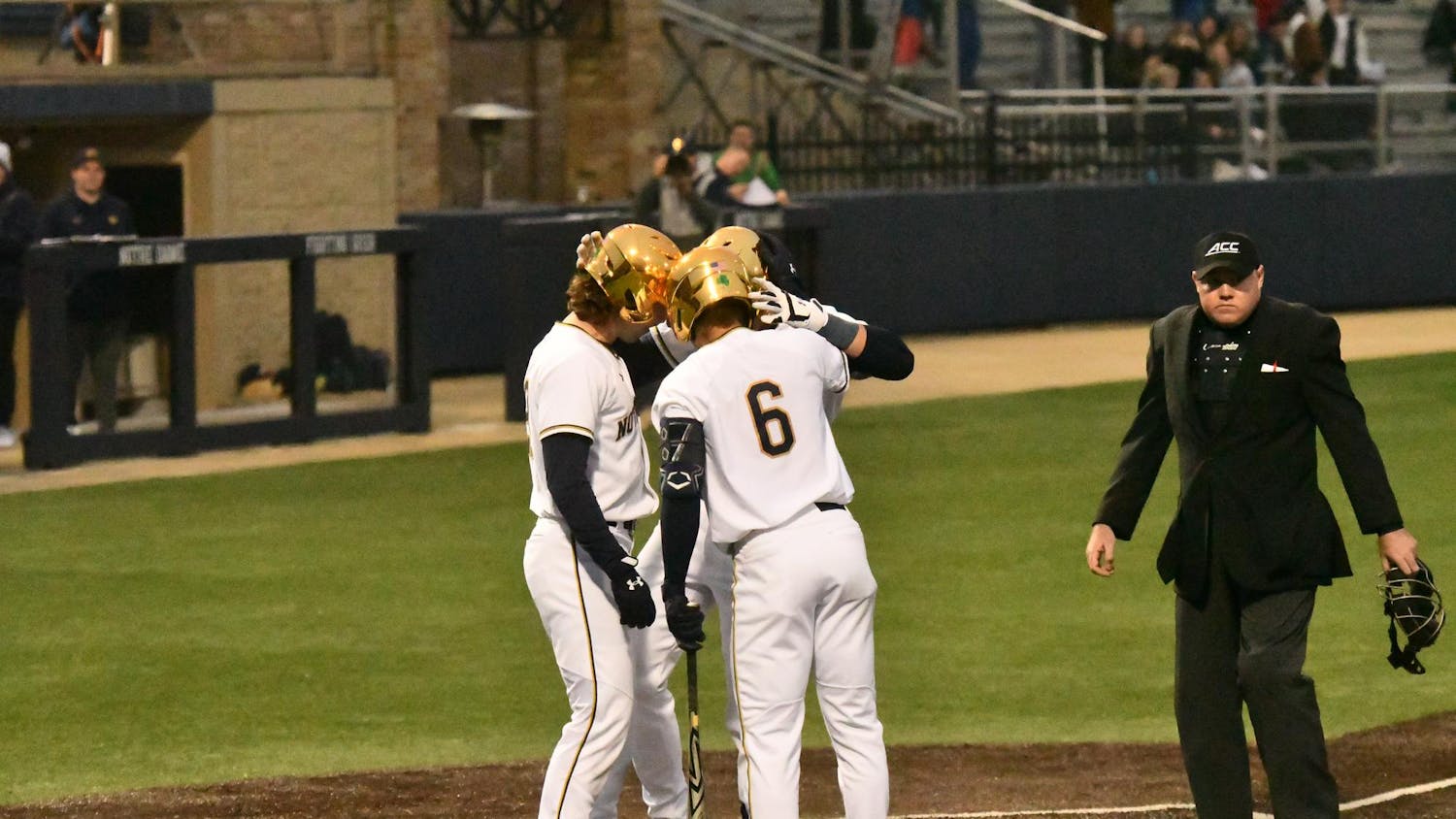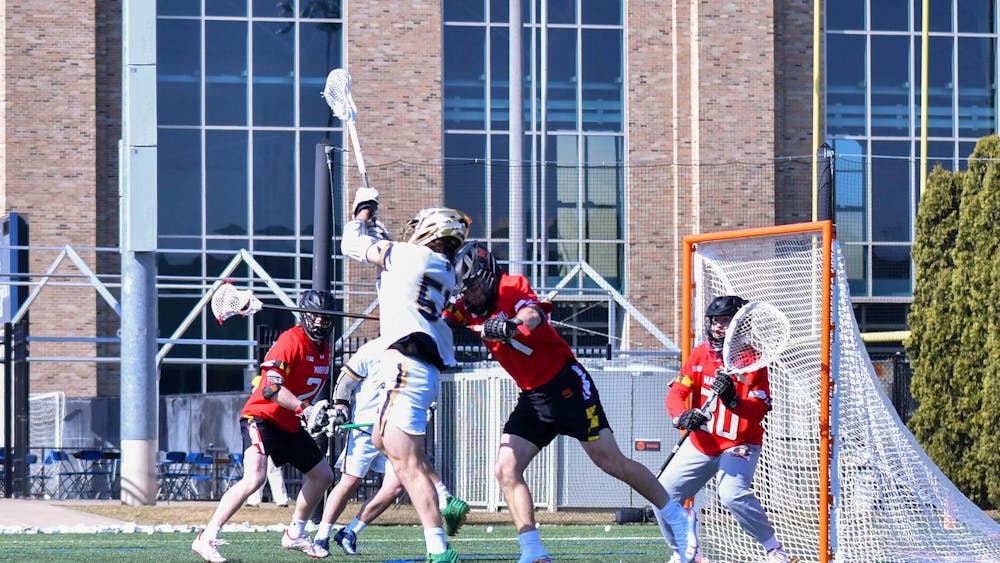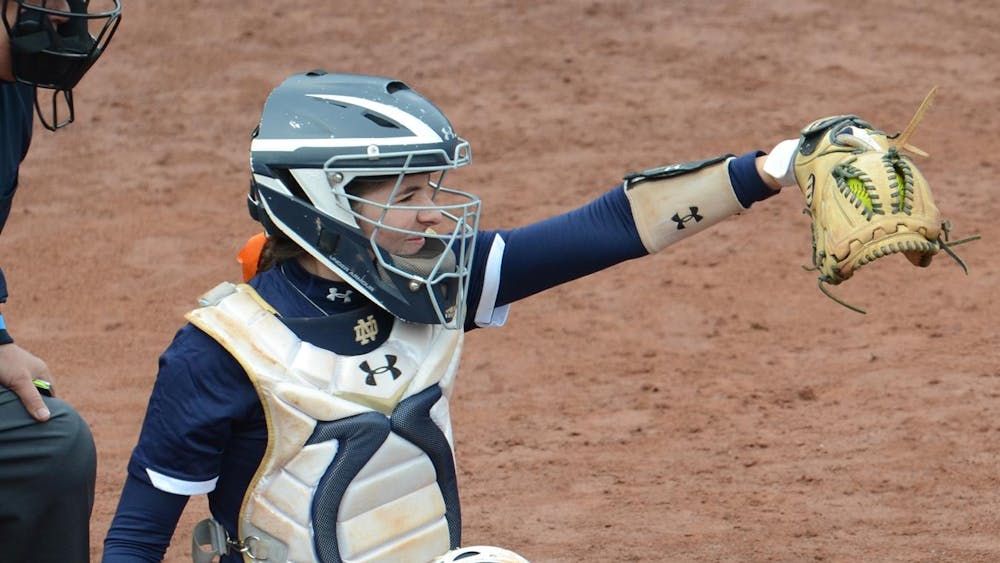Amid the rise of the coronavirus pandemic, finger-pointing surged to an almost unbelievable high. Cooped up behind their computer screens, Americans absorbed the barrage of news coverage and slowly shifted blame from China to political figures to socioeconomic disparities to personal ideologies. We know the story.
But nearly a century before the pandemic, Americans sparked an ever-changing anti-Asian sentiment that still pervades our country today.
The valence of anti-Asian hate has seen some remarkable volatility. The Asian-American stereotypes of the early 20th century — ones of illiteracy, uncleanliness and inability to assimilate — fueled the devastating internment camp initiative. The pre-war image of what many people deemed marginal society was gradually turned on its head to today's archetype of vast intelligence, dedication, craftiness and orderliness. Following 20th century law reform, the wave of South Asian immigrants sparked unjustified associations with violence and terrorism. And on the coat tails of the pandemic arose endless conspiracies and hate crimes toward an Asian-American population viewed as dangerous, untrustworthy, even criminal. As a result, over 9,000 reports of discriminatory hate incidents have been reported to the Stop AAPI nonprofit group since March 2020.
The volatility of Asian-American stereotyping is no different in the sports world. The arrival of pitchers like Hideo Nomo and Chan Ho Park in the 1990s led mainstream media to apply stereotypes of “craftiness” and “deception” to Asian rookies for nearly three decades. Oftentimes laden with negative connotations of trickery or peculiarity, talented pitchers like Hisashi Iwakuma, Yu Darvish and Koji Uehara have fallen under this same lens of media coverage. For years, MLB analysts pointed to the strange pitch mix of Darvish, the technical and mechanical focus of Iwakuma and the crafty composure of Uehara.
At the plate, Hideki Matsui and the almighty Ichiro Suzuki stood as figureheads of Asian-American baseball for nearly a decade. Sure, Matsui maintained the home run and OPS totals of a tried-and-true power hitter during his full seasons. But it was undisputed that Suzuki, through his contact-first, technical and quick play style, reigned supreme in the 2000s. His approach at the plate made him the most formidable bat in the Mariners lineup for years. His incredible speed left few fly balls outside the realm of possibility in the outfield. The media devoured his success, showering him as “the greatest Asian player of all time” and forcing the Asian archetype of scrappy small ball into the limelight.
More than any other player demographic, Asian players were framed to epitomize the “old-school” or “traditional” paradigm of live-ball era baseball.
Today, the continued dominance of Shohei Ohtani fits no paradigm whatsoever. Through his explosive bat and effective pitching, Ohtani remains the league leader for Wins Above Replacement (WAR), the catch-all metric for valuating players. Even as a two-way player, he narrowly trails Vladimir Guerrero Jr. in OPS and is atop the home run leaderboard. His splitter is arguably the most effective pitch in baseball, and his ever-increasing list of “firsts” are becoming overwhelming.
No matter how you look at it, Ohtani is a player like no other. Babe Ruth submitted to the outfield after only 218 games as a two-way player — a departure from the mound that feels all too distant for the Babe of our generation.
The facts are simple. In many ways, the media coverage of Ohtani's success is not.
In light of Asian-Americans having faced extreme, sometimes suffocating stereotypes in their history, don’t frame Ohtani in any other way than who he is: the best player on the field. Period. Don’t re-invent Asian stereotypes so he fits a narrative, but deem him the most impactful player on the field. Don’t nestle him next to Ichiro Suzuki as the greatest Asian player in baseball, but praise him outside the confines of race. Don’t compare his talent to the power-hitting of Matsui or the brilliance of Suzuki or the craftiness of Darvish, but paint him as an incomparable star, a truly once-in-a-century player.













